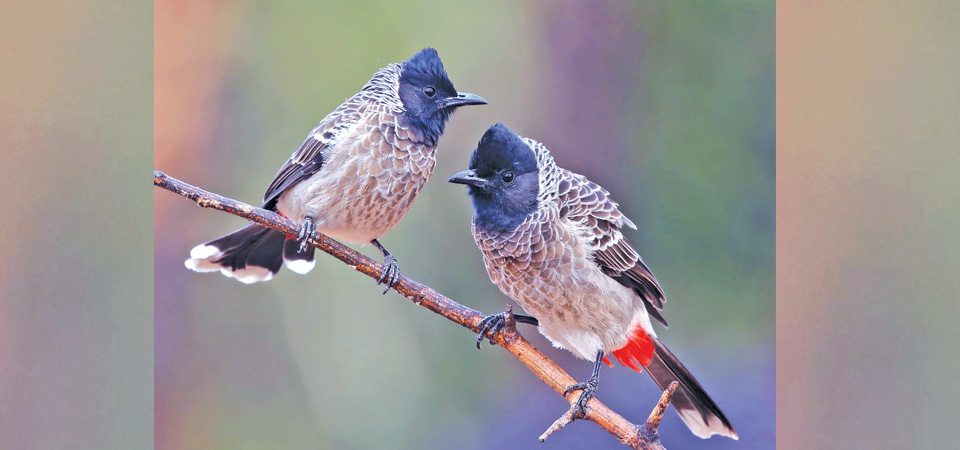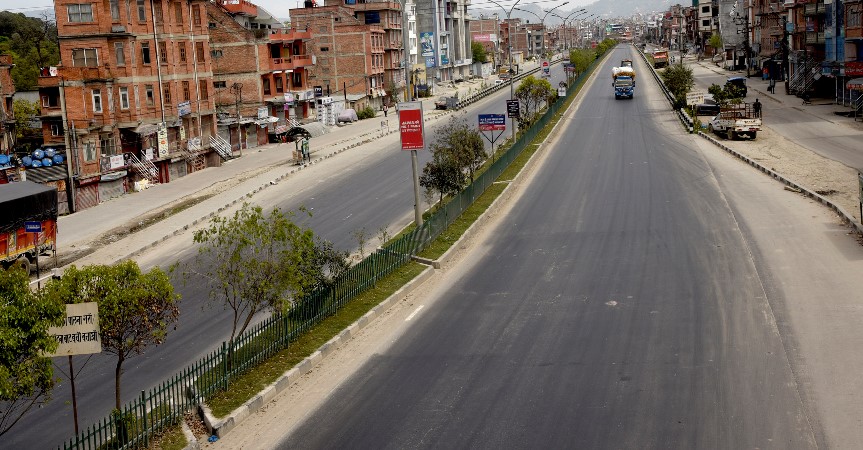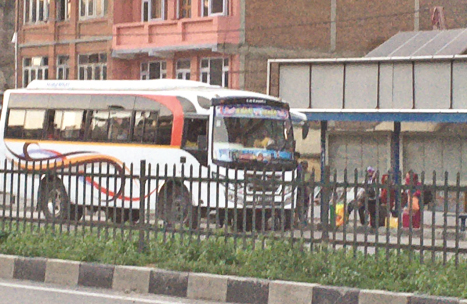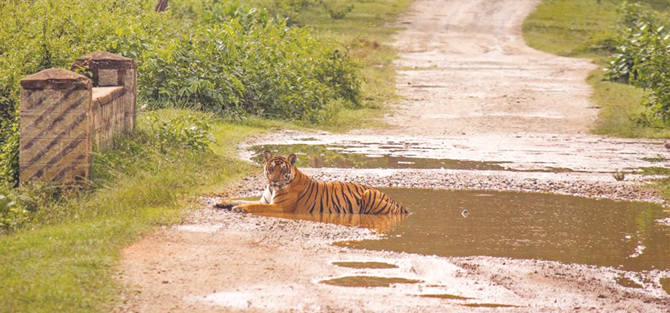BCN launches feeder scheme to conserve urban birds

By Indira Aryal
Kathmandu, Aug. 21: Birds are widely ignored in urban areas even though there are many species found in urban setting. Though hundreds of bird species inhabit the Valley, most are not sighted in the market areas with the absence of suitable habitat and food items for them.
Yet, numerous bird species inhabit as our urban neighbours, from commonly sighted house sparrows and red-vented bulbuls to the house crow and common Myna.
To conserve and protect these urban birds, Bird Conservation Nepal (BCN) has started the ‘bird feeder’ programme to manage food and diet for those urban birds.
The coronavirus pandemic has not only affected human brings but also disturbed bird species that depend on the urban environment. The initiative taken by the BCN will encourage urban residents to feed bird species sighted around their surroundings during the crisis, experts said.
Niraj Dahal, communications officer at BCN, said the programme 'Bird Feeder' has been started for the support of birds in Kathmandu Valley in collaboration with Sanima Bank.
BCN is planning to install 50 feeders in different parts of the Valley – outside the Embassies, hotels, parks, schools and other houses but only 13 feeders are mounted so far. The upper part of the feeder is filled with food grains and fruits and the food falls on the lower plate of the feeder so that birds can eat food grains easily, he informed.
Currently, feeders are placed at Godavari Park Village, Koteshwor Park, and WWF Nepal’s office and the house yards of artists Madan Krishna Shrestha and Haribansha Acharya. "They are committed to managing the food required by the birds," said Dahal.
“We are taking urban birds for granted but they might have a shortage of food in the city areas due to habitat destruction and unfriendly infrastructures,” Dahal said. So those birds should be conserved even from the artificial feeder for a better environment of the urban setting.
Even the urban people feed birds every day by placing food grains in their terrace. Chuna Krishna Shrestha, a local at Bhaktapur district, said he put good grains such as rice and wheat every day on his terrace for birds. “I enjoy almost 30 minutes in my terrace with birds while feeding them. Feeding birds every day makes my day happy and enjoyable,” he said.
Birds including sparrows, bulbuls, pigeons, Oriental Magpie Robins, Kaytee Fiesta Parrots, Great Barbets, crows and pigeons are found in dense settlements of the valley.
Birds have more food problems in winter than in the rainy season, so the feeder is mainly focused for the winter season, Dahal said.
Birds can get insects and grasshoppers during the rainy season as there is greenery all around but they have a problem of natural habitats during the winter.
According to the nature of their diet, urban birds come around the feeder; some birds eat only fruits, while others eat only grains, including rice, wheat, and soybeans, he said.
Depending on the weather, some birds enter the city during winter and others during the summer season. With a little bit of effort and patience, people can easily make their house a mini sanctuary for birds.
According to ornithologist Hem Sagar Baral, bird feeding is a traditional practice in our society. We feed doves, sparrows and crows in our houses and the regular trend of feeding started by BCN by placing feeders would help in bird conservation in the urban areas.
Baral, who is the country head of Zoological Society of London, said that every bird species has different kinds of food diet and it would be helpful for the common birds which are found in the surrounding areas.
Every year BCN carries out a bird census in the Valley. This year the count was carried out in winter from 4-11 January 2020. The bird count was conducted in 24 predetermined transects distributed in urban, suburban and rural gradients north, south, east and west of Kathmandu Valley. A total of 8,163 birds belonging to 98 species were recorded, according to BCN.
According to Baral, 600 species of birds have been recorded inside the Valley so far.
Recent News

Do not make expressions casting dout on election: EC
14 Apr, 2022
CM Bhatta says may New Year 2079 BS inspire positive thinking
14 Apr, 2022
Three new cases, 44 recoveries in 24 hours
14 Apr, 2022
689 climbers of 84 teams so far acquire permits for climbing various peaks this spring season
14 Apr, 2022
How the rising cost of living crisis is impacting Nepal
14 Apr, 2022
US military confirms an interstellar meteor collided with Earth
14 Apr, 2022
Valneva Covid vaccine approved for use in UK
14 Apr, 2022
Chair Prachanda highlights need of unity among Maoist, Communist forces
14 Apr, 2022
Ranbir Kapoor and Alia Bhatt: Bollywood toasts star couple on wedding
14 Apr, 2022
President Bhandari confers decorations (Photo Feature)
14 Apr, 2022









